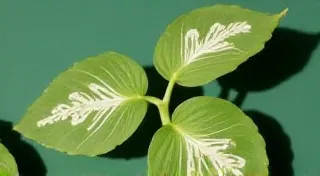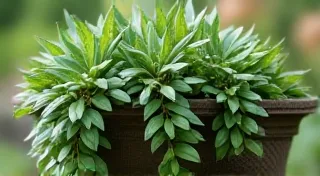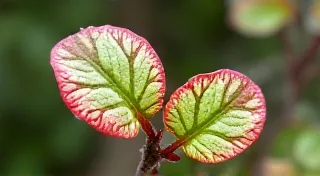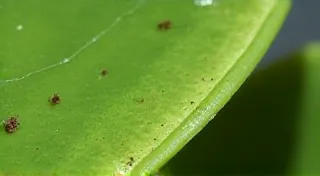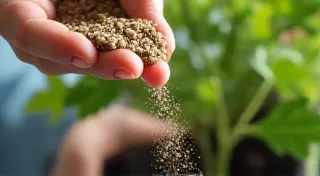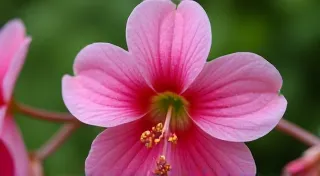Dealing with Mealybugs on Rare Houseplants: Identification and Treatment
Protecting your collection of rare houseplants requires vigilance, and one of the most common pests to watch out for is the mealybug. These insidious sap-suckers can quickly weaken and even kill your prized plants if left unchecked. This guide focuses specifically on identifying and treating mealybugs on uncommon and rare houseplants, offering both organic and chemical control options. Maintaining a thriving collection often means addressing underlying issues like inadequate care or environmental factors. For many, specific varieties like Hoyas present unique challenges that require a specialized understanding of their needs – learn more about Hoyas: Unique Care Needs for Uncommon Varieties to better understand the nuances of rare plant care. Understanding a plant’s foundational needs is paramount to avoiding pest infestations in the first place.
Identifying Mealybugs
Mealybugs are relatively easy to spot, though their camouflage can sometimes be deceptive. Here's what to look for:
- Appearance: They are small (1/8 to 1/4 inch), soft-bodied insects covered in a white, cottony wax. This waxy coating protects them from predators and pesticides.
- Location: They often cluster in areas where stems and leaves meet, in leaf axils (the point where a leaf joins the stem), and along stems. Rare houseplants, with their often intricate foliage, can provide ideal hiding places. The intricate care required often means diagnosing underlying problems, and sometimes that’s as simple as recognizing a root rot problem.
- Signs of Infestation: Beyond the presence of the bugs themselves, look for these signs:
- Sticky Honeydew: Mealybugs excrete a sweet, sticky substance called honeydew. This can attract ants and lead to sooty mold growth on your plant's leaves.
- Yellowing Leaves: Sap-sucking can cause leaves to yellow and become stunted. This is a common sign of stress in houseplants, and it's important to address the underlying cause.
- Leaf Drop: Severe infestations can lead to premature leaf drop. This can be alarming, and often indicates a more significant issue than just the mealybugs themselves.
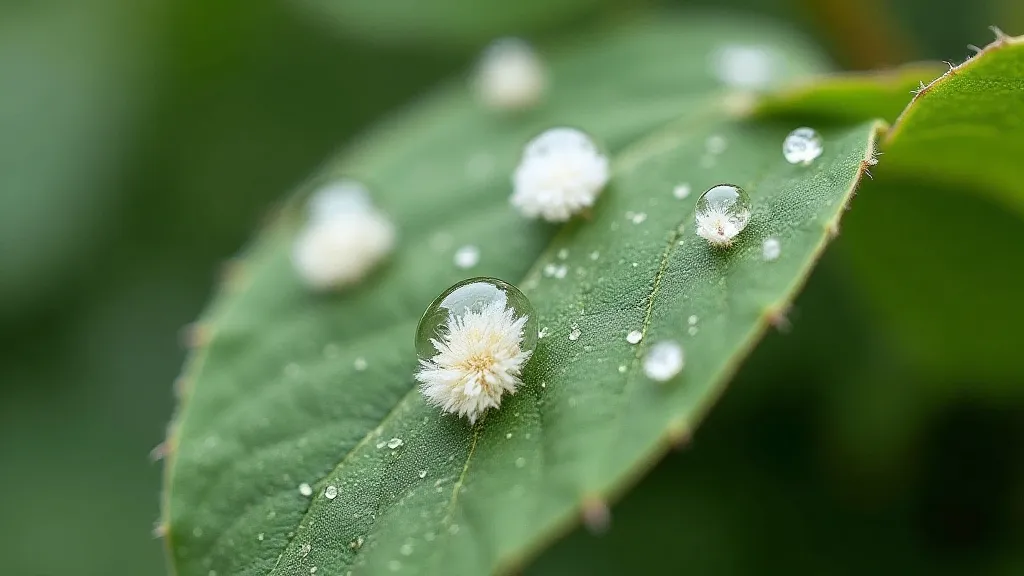
Treatment Options: Organic Control
For rare houseplants, starting with organic control methods is often preferable to avoid potential chemical damage. The sensitivity of these plants means cautious intervention is essential. Before resorting to any treatment, it's helpful to understand the broader health of your plants and how to address issues like root rot – check out "Understanding and Preventing Root Rot in Rare Houseplants" for more information. Many mealybug issues stem from a plant already stressed from poor root health. A healthy root system is the foundation of a resilient plant, and preventing root rot is a vital preventative measure. Here are several effective options:
- Manual Removal: For small infestations, you can often remove mealybugs by hand. Use a cotton swab dipped in rubbing alcohol (70% isopropyl) to dab directly onto the bugs. This dissolves the waxy coating and kills them. Be very careful not to get alcohol on new growth. Isolate the infested plant during this process to prevent spread.
- Neem Oil: Neem oil is a broad-spectrum organic insecticide. Dilute it according to the product instructions (usually 1-2 tablespoons per gallon of water) and spray the entire plant, including the undersides of leaves. Repeat every 7-14 days until the infestation is gone. Aqueous neem oil solutions must be used within a few hours of mixing as they will precipitate out. Always test neem oil on a small area first to check for sensitivity.
- Insecticidal Soap: Similar to neem oil, insecticidal soap disrupts the mealybug's outer layer and dehydrates them. Follow the product instructions for dilution and application. Consider the overall humidity and ventilation when applying, as these factors can influence the effectiveness of the treatment.
- Rubbing Alcohol Wash: Dilute rubbing alcohol with water (1 part alcohol to 1 part water) and spray the plant. Test a small area first to ensure the plant can tolerate it. This is particularly useful for plants with delicate foliage.
- Predatory Insects: Consider introducing beneficial insects like ladybugs or lacewings, which are natural predators of mealybugs. This is more practical for larger collections or greenhouses. Remember that creating a balanced ecosystem is key to long-term pest control. For those with expansive collections, incorporating natural pest control methods is both rewarding and crucial.
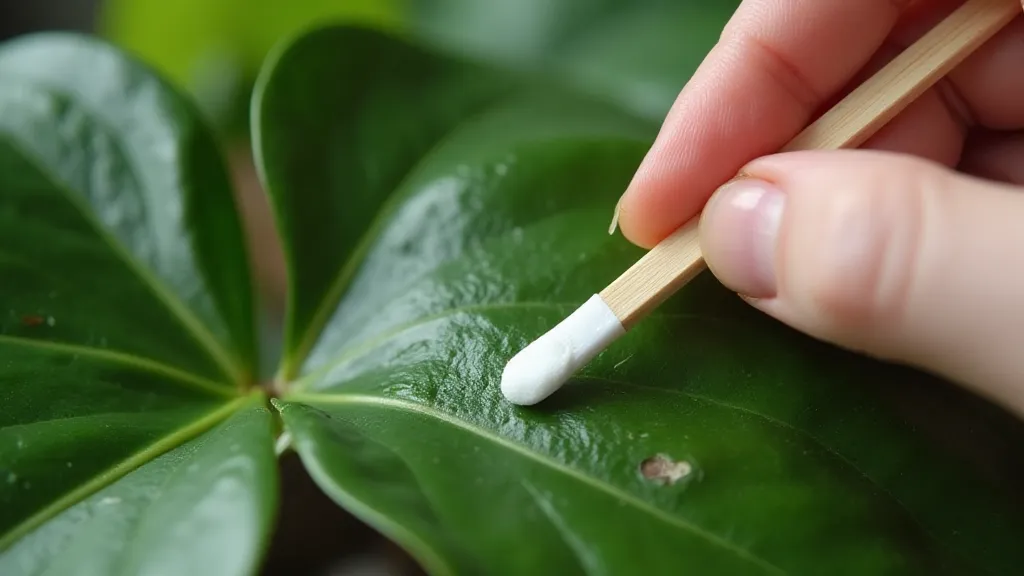
Treatment Options: Chemical Control (Use with Caution)
If organic methods are not effective, chemical controls may be necessary, but use these with extreme caution, especially on sensitive rare houseplants. Always read and follow the product label carefully. Testing a small area is crucial. These options, while sometimes effective, should be considered a last resort due to potential harm to the plant and beneficial organisms. Often, understanding the plant’s needs, such as the ideal environment for a Moonlight Ficus, helps preemptively prevent infestations. Read about Moonlight Ficus: Creating the Ideal Environment to gain insights into replicating their natural habitat. Providing the right conditions significantly reduces the likelihood of pest issues.
- Insecticidal Oil: Similar to neem oil, horticultural oil smothers the mealybugs.
- Systemic Insecticides: These are absorbed by the plant and kill mealybugs when they feed. However, they can be toxic to beneficial insects and should be used as a last resort. Consider the potential impact on the entire collection before use.
Prevention is Key
Preventing a mealybug infestation is always easier than treating one. Maintaining a healthy and resilient plant population is the best defense. For collectors with a diverse range, expanding beyond common varieties often introduces new challenges. Exploring lesser-known palms, such as those detailed in The Majesty Palm’s Lesser-Known Relatives: Exploring Rare Palm Varieties, highlights the importance of consistent preventative measures across species. Each plant has unique vulnerabilities, so broad-spectrum preventative strategies are less effective than tailored approaches.
- Inspect New Plants: Carefully inspect any new plants before introducing them to your collection. Quarantine new arrivals for several weeks to monitor for pests. A dedicated quarantine area is ideal. This allows you to observe the plant without risking your existing collection.
- Regular Inspection: Routinely inspect your plants, especially the undersides of leaves and crevices where pests can hide. This should be a regular part of your plant care routine.
- Proper Watering and Fertilizing: Healthy plants are more resistant to pests. Provide your rare houseplants with proper light, water, and fertilizer. Overwatering and nutrient deficiencies can weaken plants and make them more susceptible to infestation.
- Good Air Circulation: Improve air circulation around your plants to reduce humidity and create an environment less favorable to mealybugs. Stagnant air promotes fungal growth and pest infestations.
- Maintain Cleanliness: Regularly clean pots, trays, and surrounding surfaces to remove potential breeding grounds for pests.
- Monitor for Early Signs: Be vigilant for any unusual changes in leaf color, growth patterns, or the presence of sticky residues. Early detection is crucial for successful treatment.
- Sanitize Tools: Always sanitize pruning shears and other tools to prevent the spread of diseases and pests.
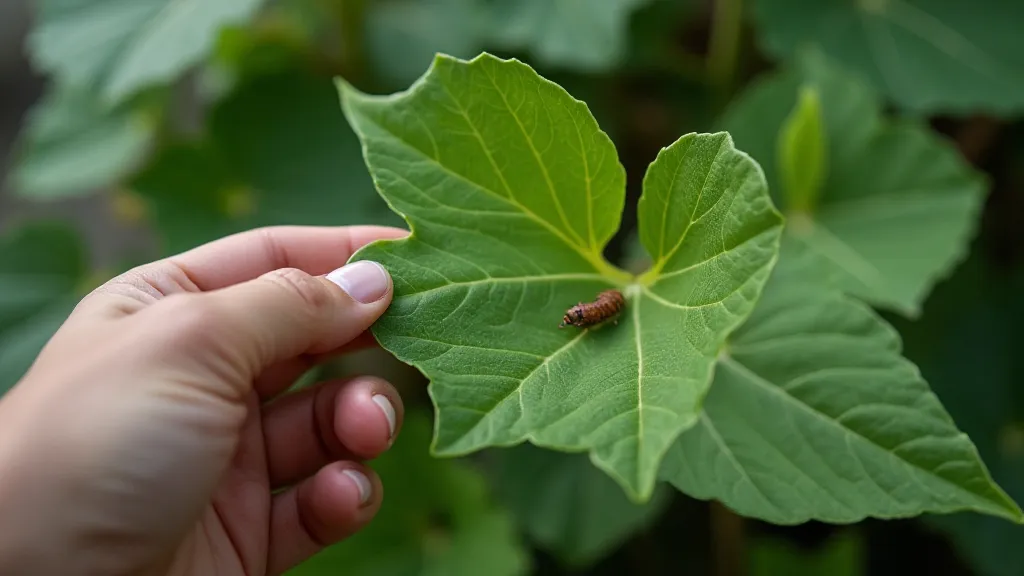
Dealing with mealybugs on rare houseplants requires patience, persistence, and a proactive approach. Understanding the pest’s life cycle, recognizing infestations early, employing appropriate control methods, and creating a healthy growing environment are essential for protecting your precious collection and ensuring your plants thrive. Remember that a holistic approach to plant care, combining preventative measures with targeted treatments, is the key to long-term success. By incorporating detailed observations and preventive measures, you can create a flourishing environment for your rare houseplants, minimizing the risk of pest infestations and maximizing their overall health and beauty.
